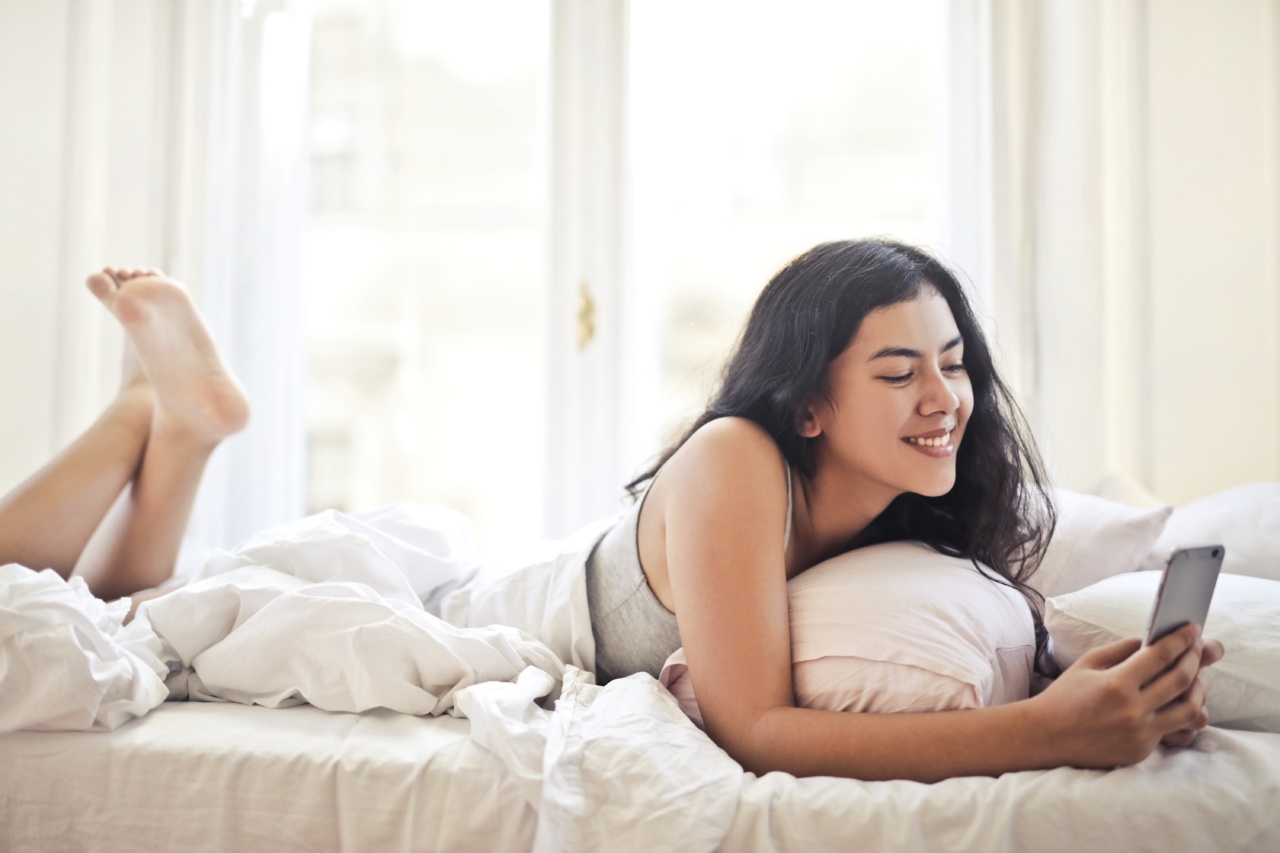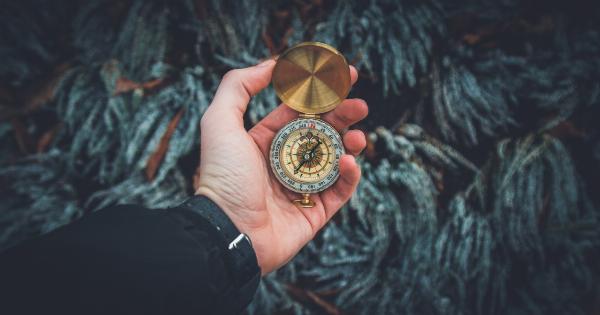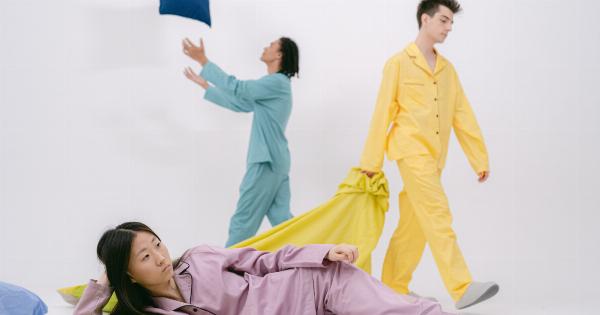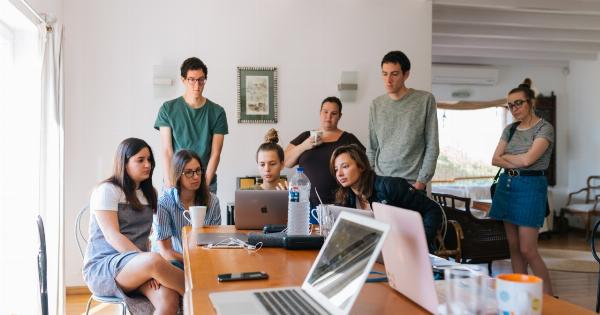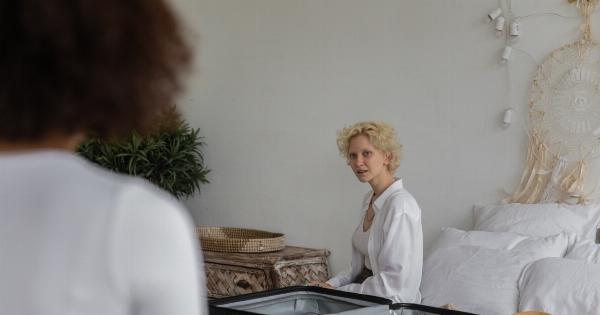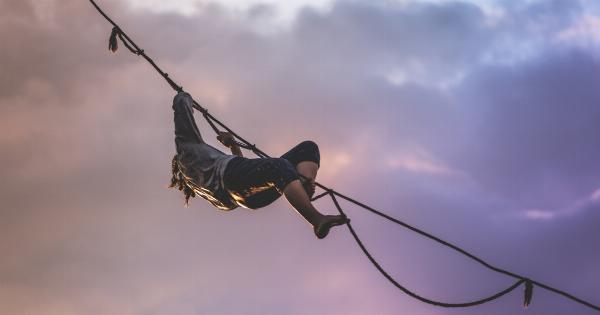Today, smartphones have become an indispensable part of our daily lives. From making phone calls, checking emails and messages, accessing the internet, to scrolling through social media, our phones have become our constant companions.
However, as convenient as they are, smartphones are known to emit blue light, which can disrupt our natural sleep patterns and keep us awake at night. In this article, we will explore the impact of smartphones on our sleep and discuss ways to minimize the negative effects.
The Science Behind Blue Light
Before we dive into the impact of smartphones on sleep, let us first understand the science behind blue light. Blue light is part of the visible light spectrum and has a wavelength of between 400 and 500 nanometers.
It is the type of light that is emitted by electronic devices such as smartphones, tablets, and televisions.
Blue light is known to suppress the production of melatonin, a hormone that regulates sleep. Melatonin is produced in the pineal gland in the brain in response to darkness and helps us to fall asleep.
However, exposure to blue light, particularly in the evening, can disrupt the production of melatonin, making it harder to fall asleep and stay asleep.
The Impact of Blue Light on Sleep
Exposure to blue light can have a significant impact on our sleep patterns. Studies have shown that people who use electronic devices before bedtime take longer to fall asleep, experience reduced sleep quality, and have disrupted circadian rhythms.
A disrupted circadian rhythm can lead to a range of health problems, including obesity, diabetes, and cardiovascular disease.
The impact of blue light on sleep is particularly pronounced in teenagers and young adults. This is because their biological clocks are still developing, and they are more sensitive to changes in light exposure.
Studies have shown that adolescents who use electronic devices before bedtime have a higher risk of depression, anxiety, and behavioral problems.
Ways to Minimize the Negative Effects of Smartphone Use on Sleep
While it may be challenging to completely eliminate smartphone use before bedtime, there are ways to minimize the negative effects of blue light on sleep:.
1. Use Night Mode
Many smartphones now come with a night mode or blue light filter that reduces the amount of blue light emitted from the screen. This can help to minimize the impact of blue light on melatonin production and make it easier to fall asleep.
2. Limit Smartphone Use Before Bedtime
One way to minimize the impact of blue light on sleep is to limit smartphone use before bedtime. This means avoiding the use of electronic devices at least one hour before going to bed.
Instead, you can read a book or practice relaxation techniques such as deep breathing or meditation.
3. Create a Sleep-Friendly Environment
Creating a sleep-friendly environment can also help to minimize the impact of blue light on sleep. This means making sure your bedroom is dark, quiet, and cool.
You can use blackout curtains to block out any light from outside and turn off any bright lights or electronic devices in the room.
4. Establish a Bedtime Routine
Establishing a bedtime routine can help to signal to your body that it is time to sleep. This means establishing a regular sleep and wake-up time and sticking to it even on weekends.
You can also engage in relaxing activities before bed, such as taking a warm bath or listening to soothing music.
Conclusion
In conclusion, smartphones are a ubiquitous part of our daily lives. However, the blue light emitted by these devices can disrupt our natural sleep patterns and lead to a range of health problems.
To minimize the negative effects of smartphone use on sleep, we can use night mode, limit smartphone use before bedtime, create a sleep-friendly environment, and establish a bedtime routine. By taking these steps, we can ensure that our smartphones remain our useful companions without compromising our sleep and overall health.
